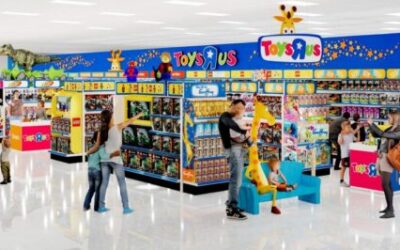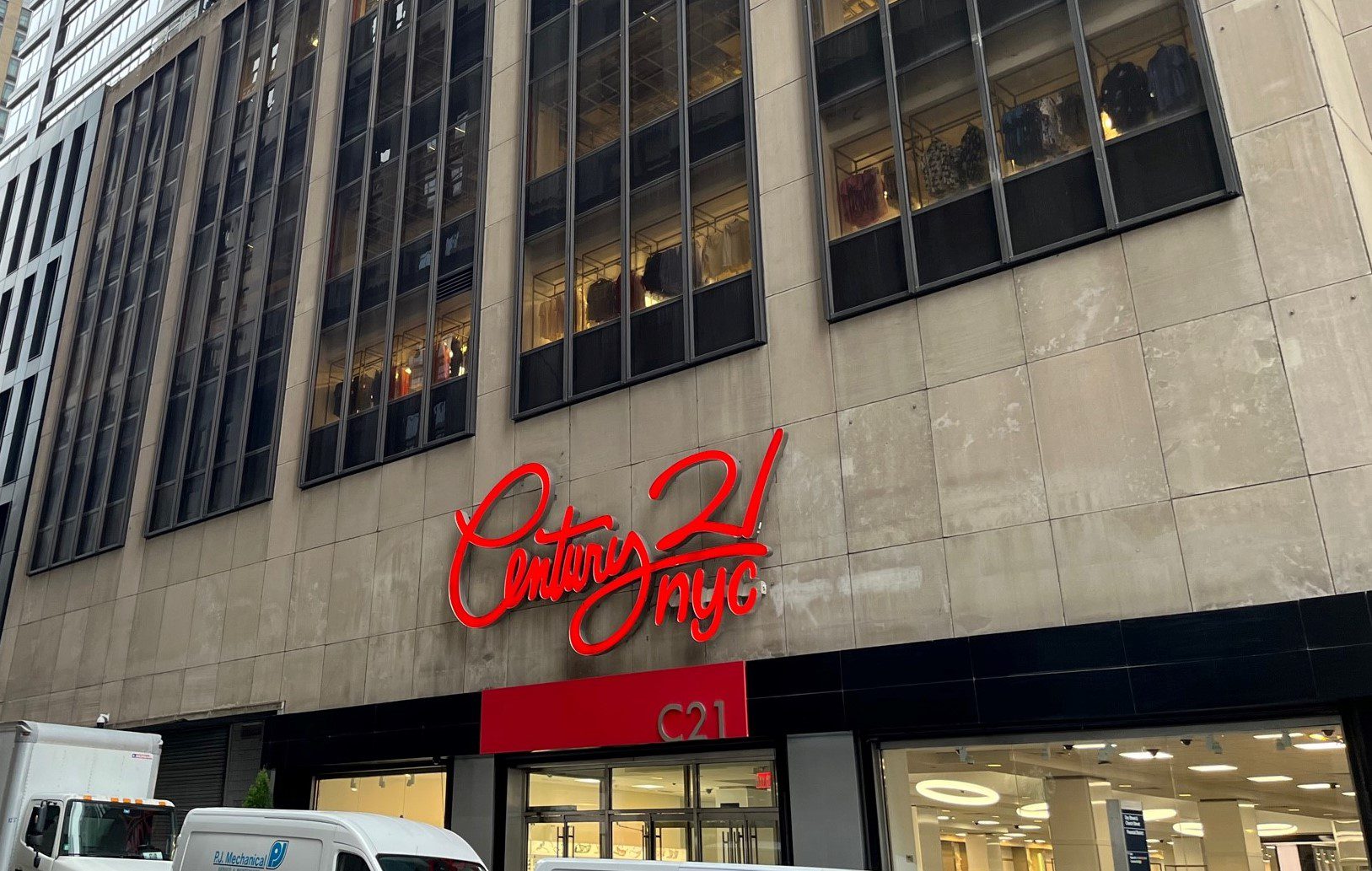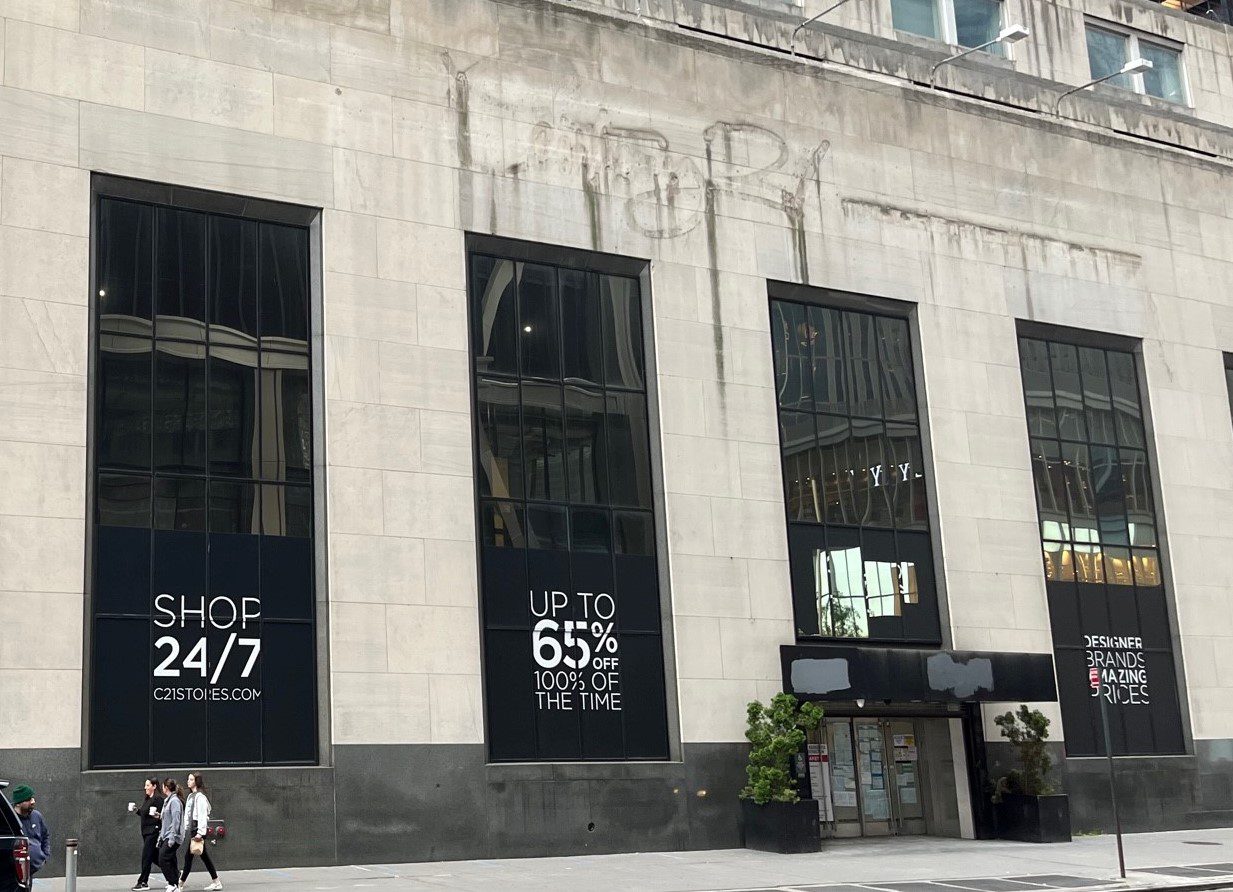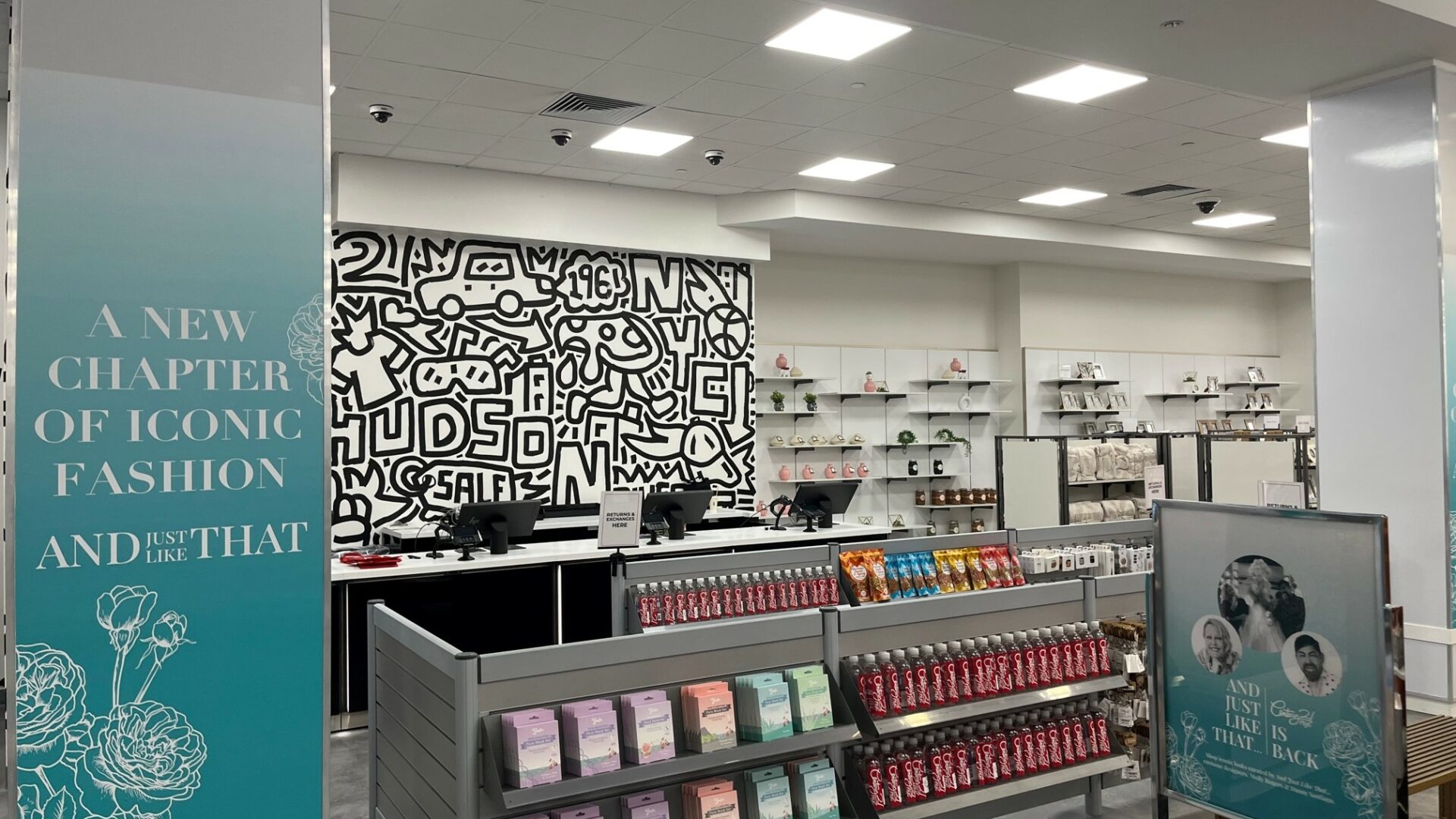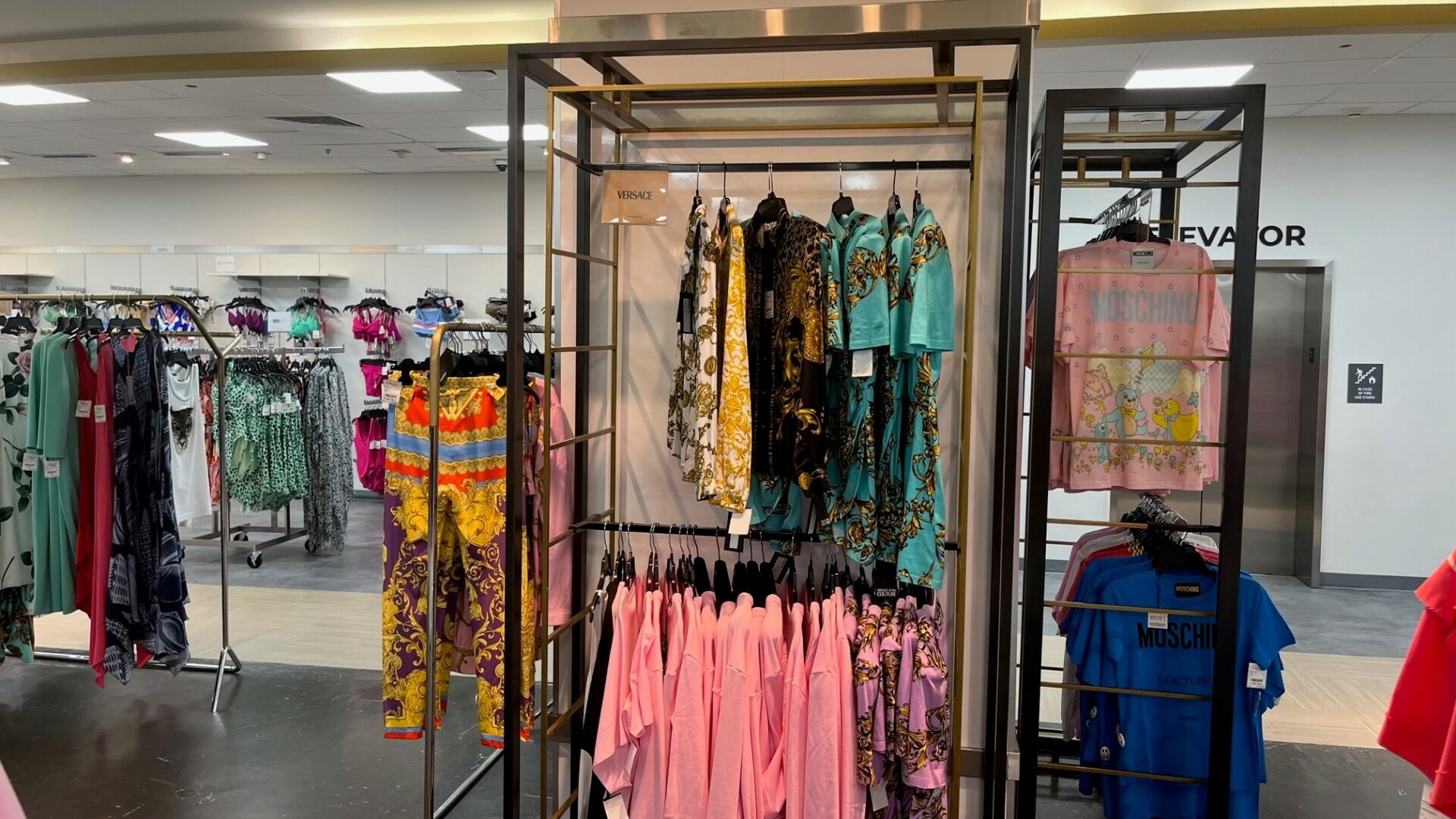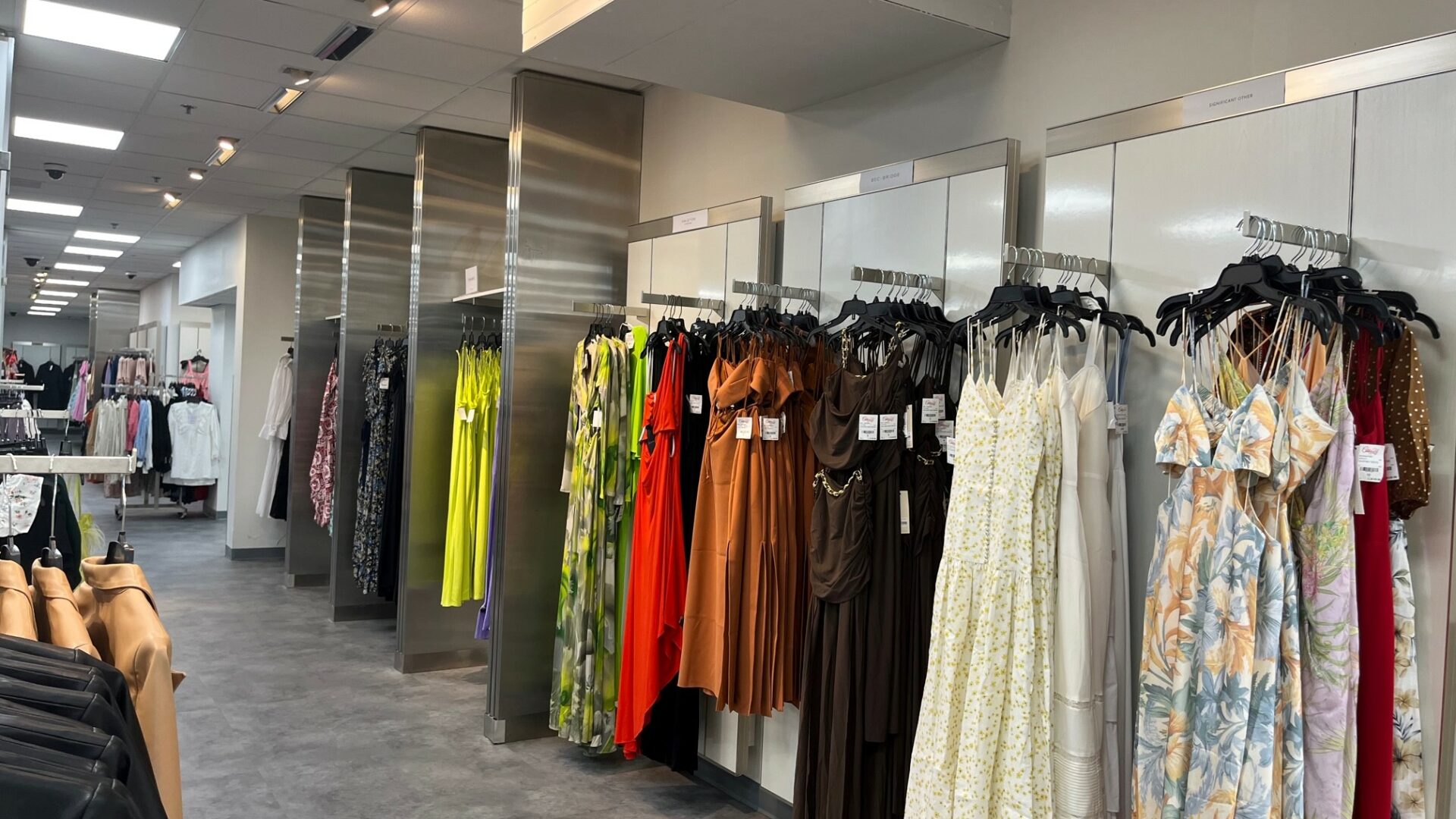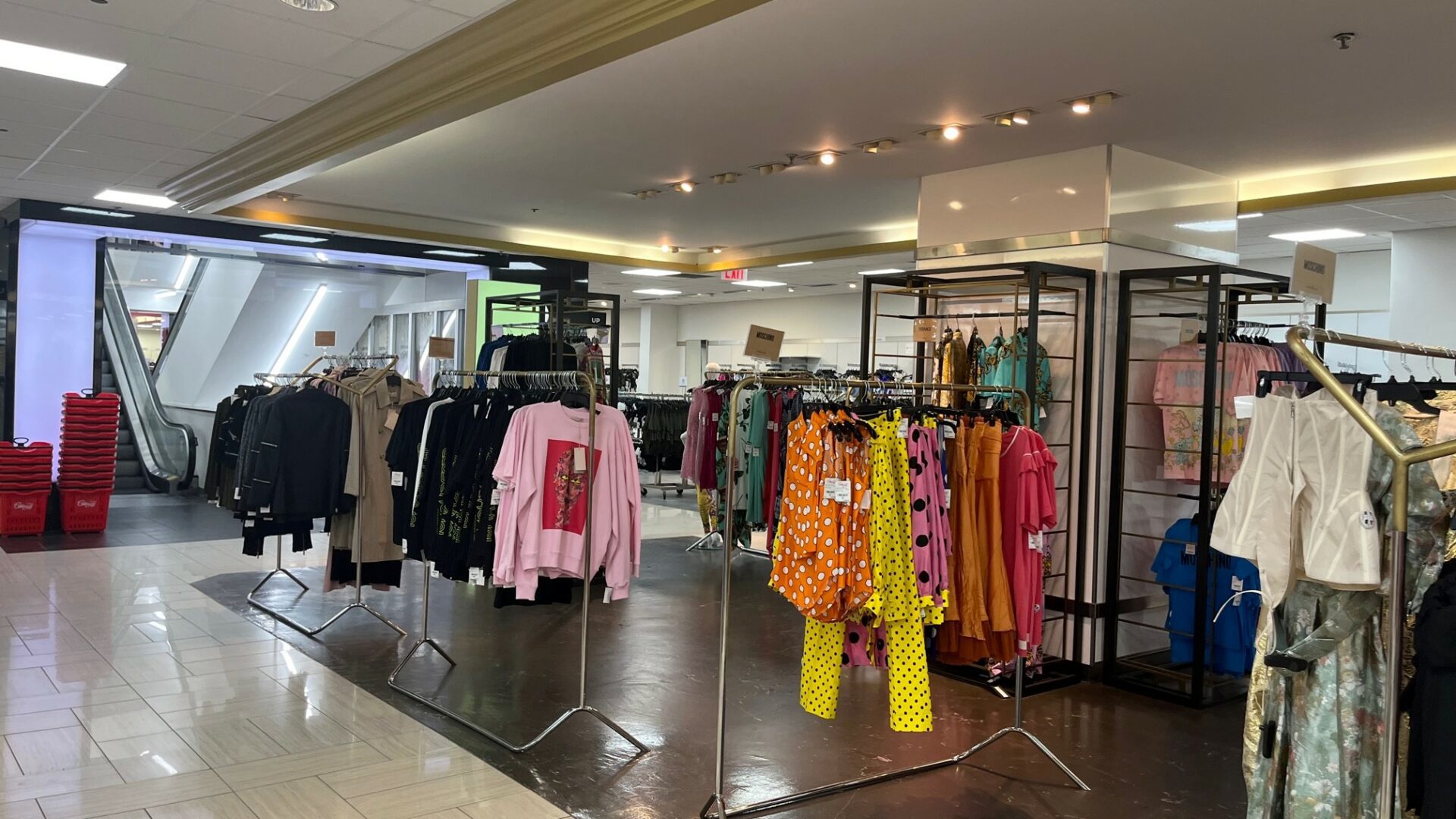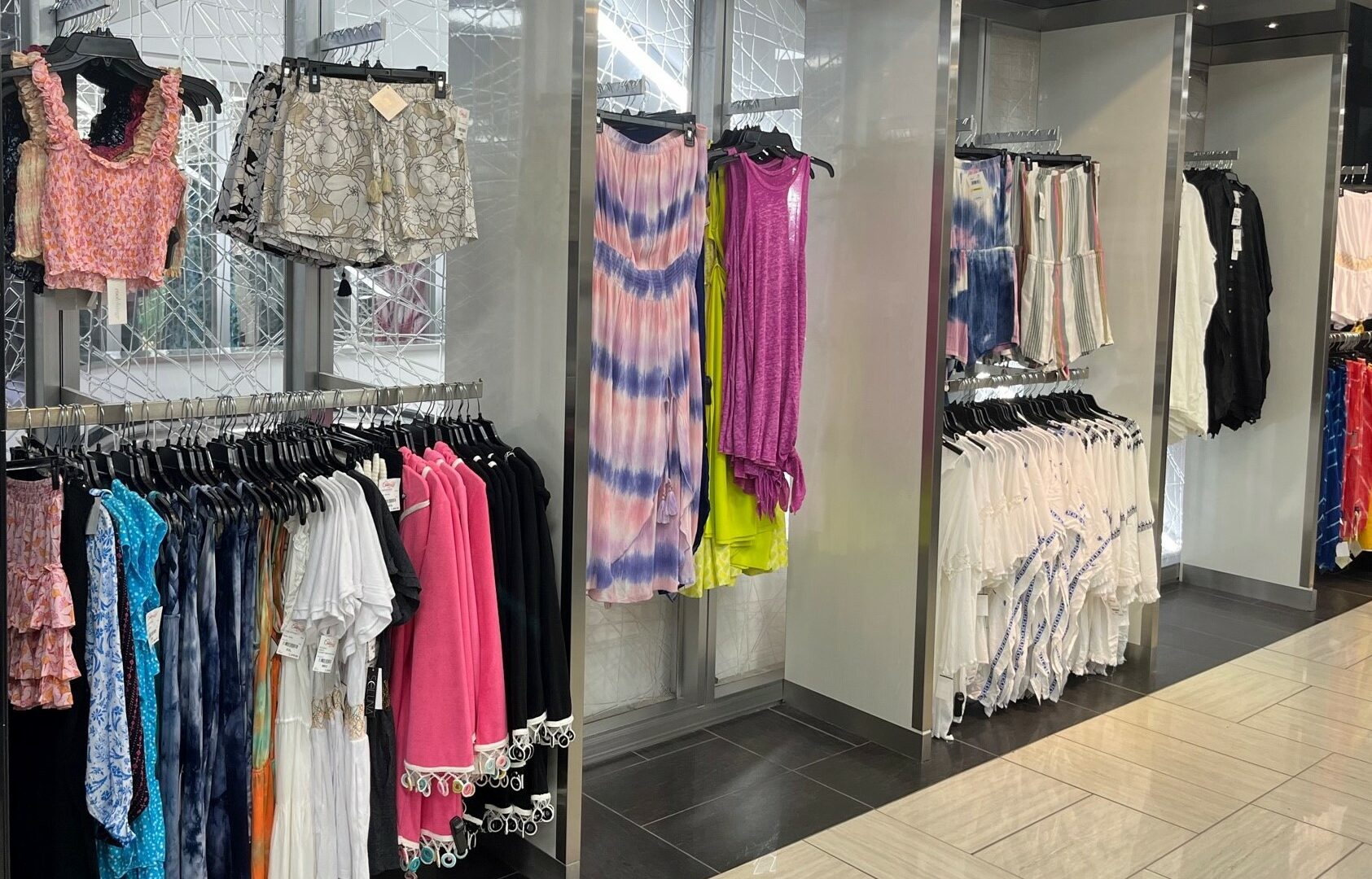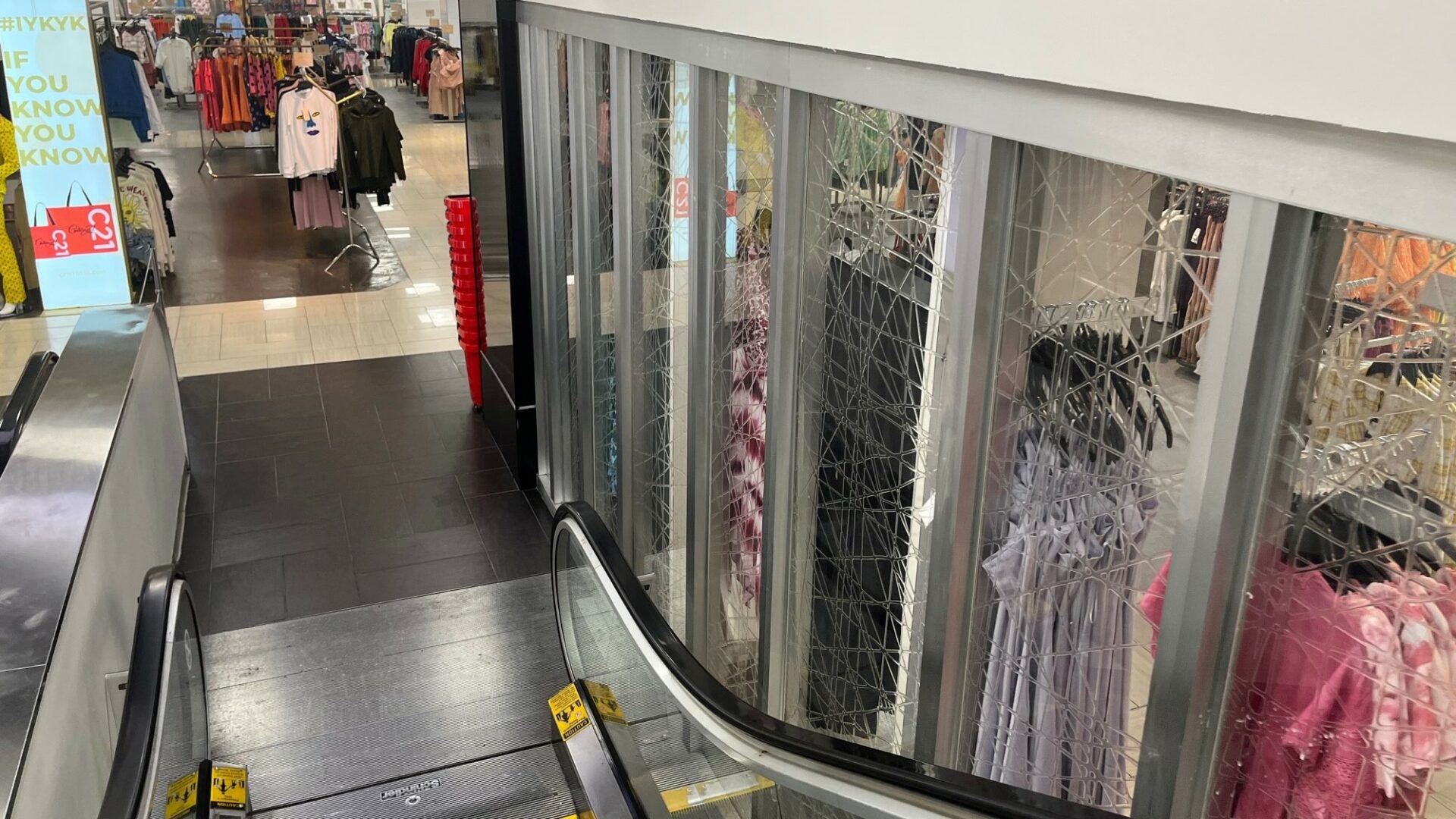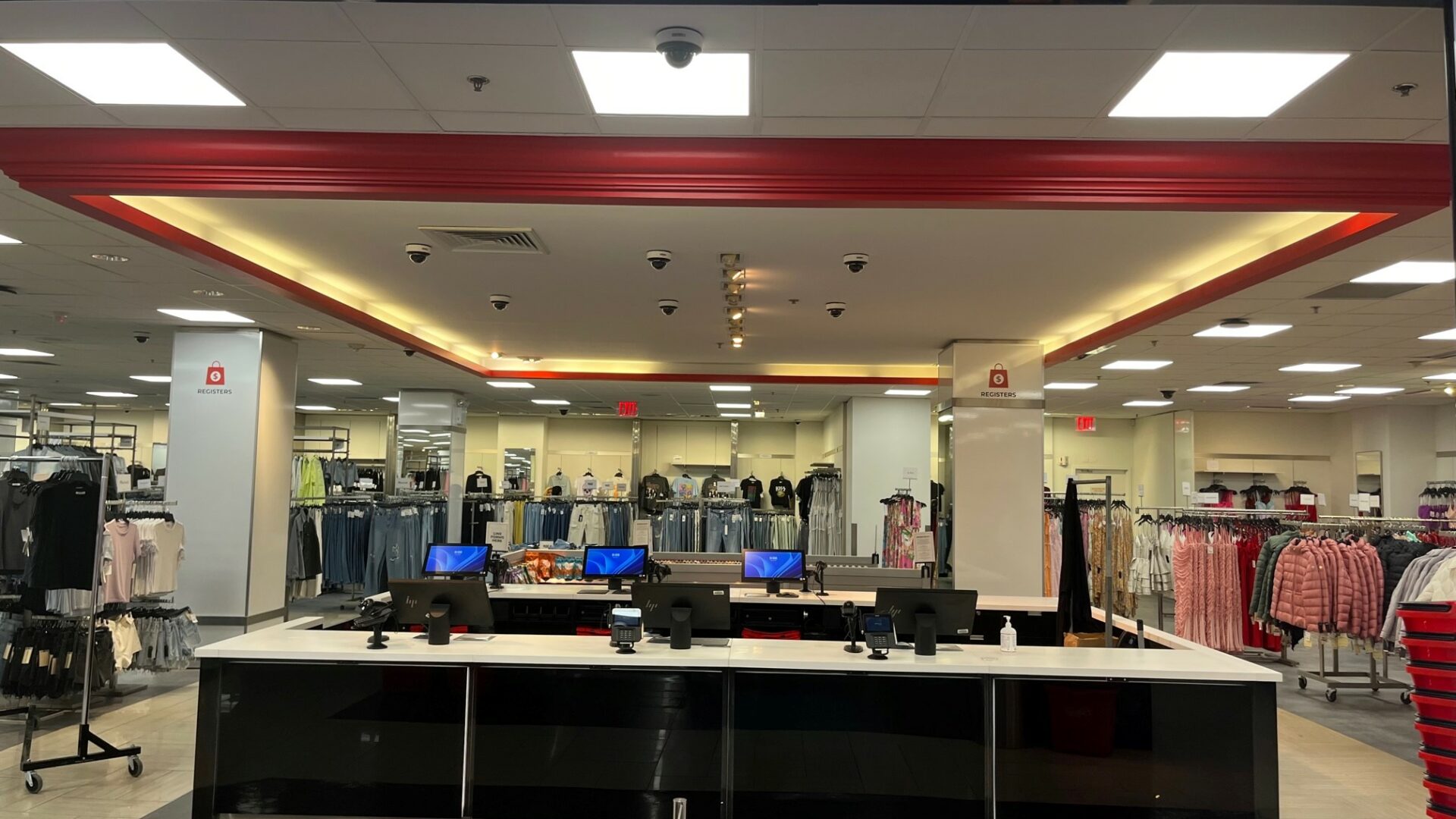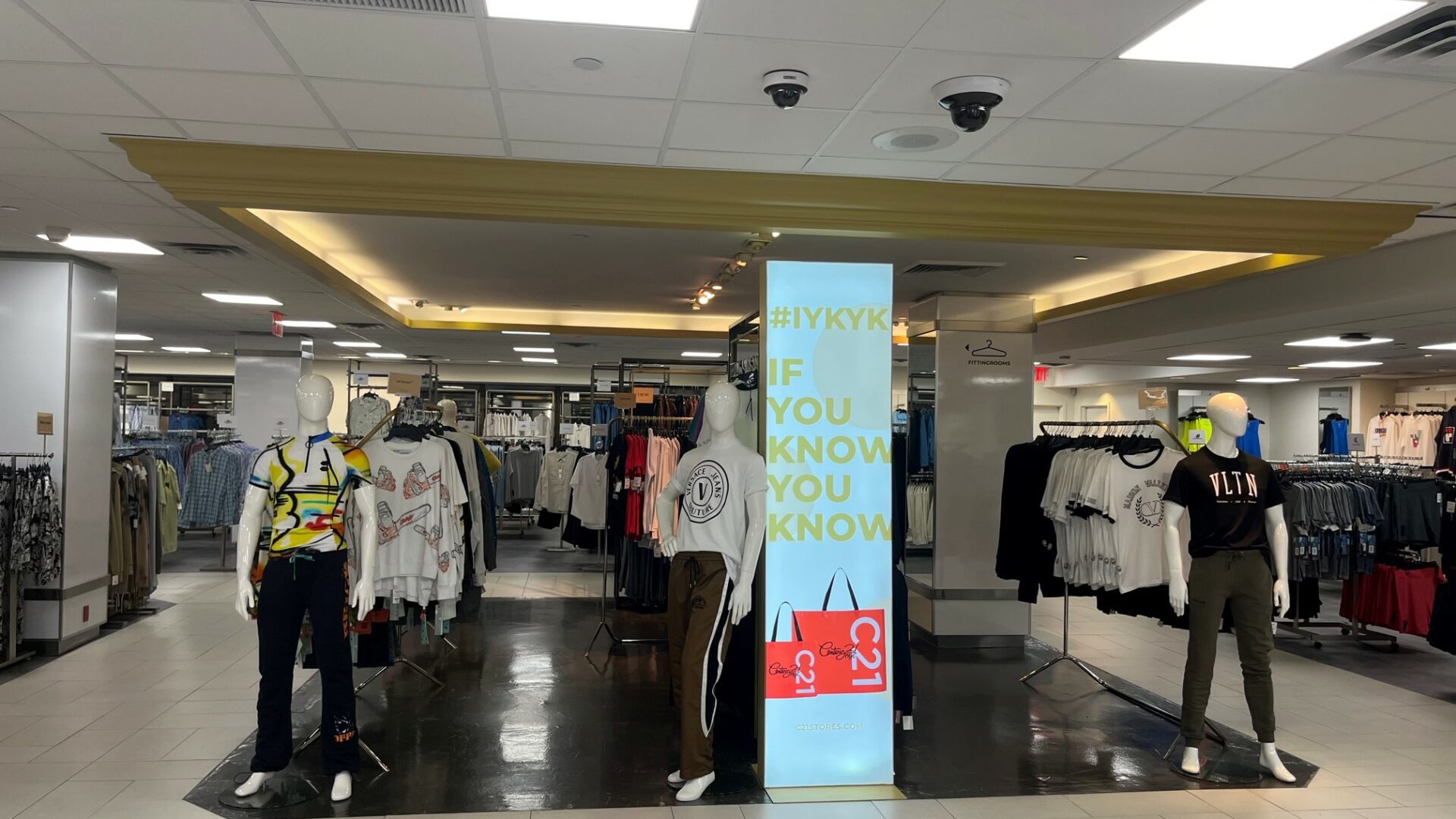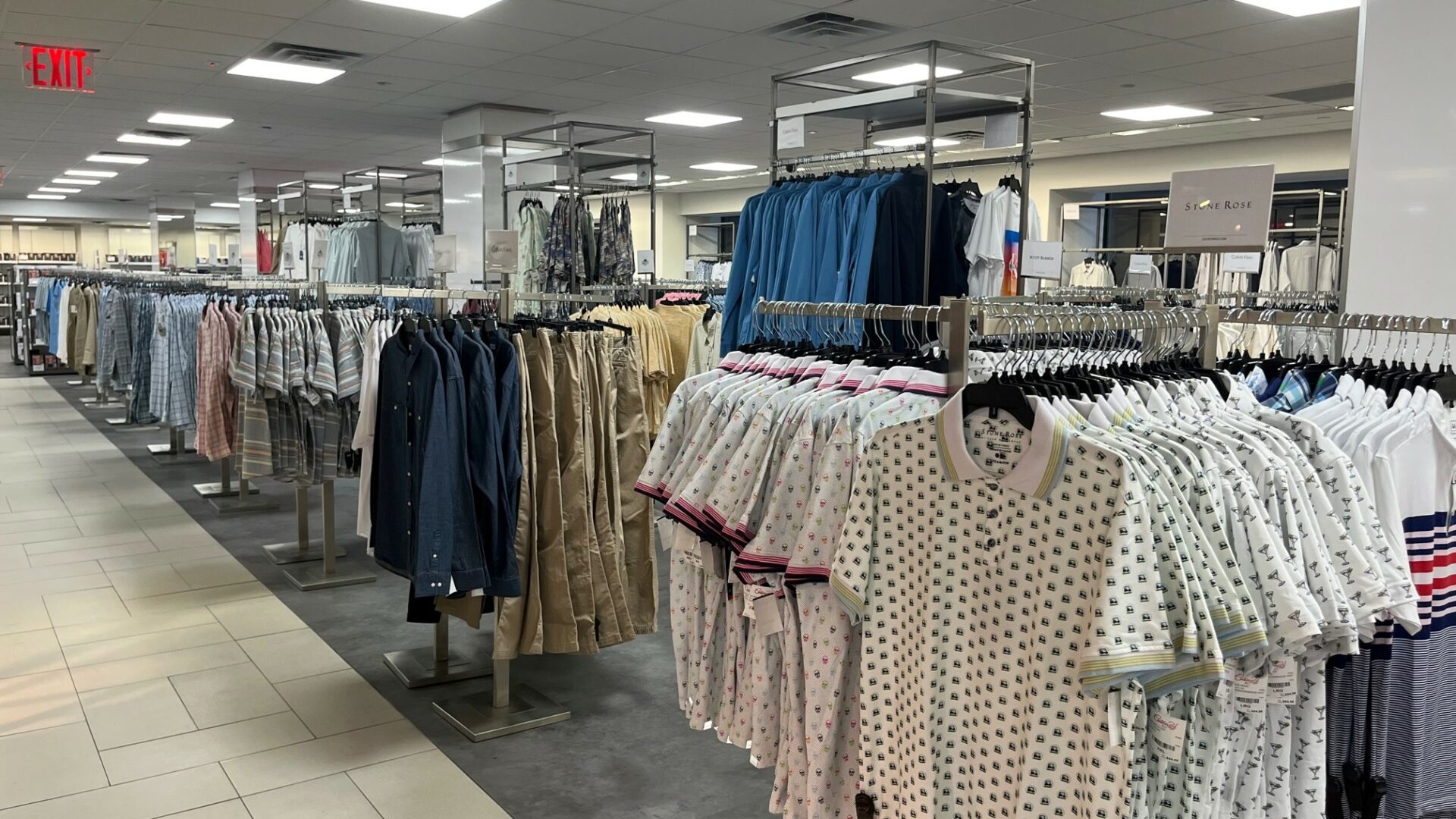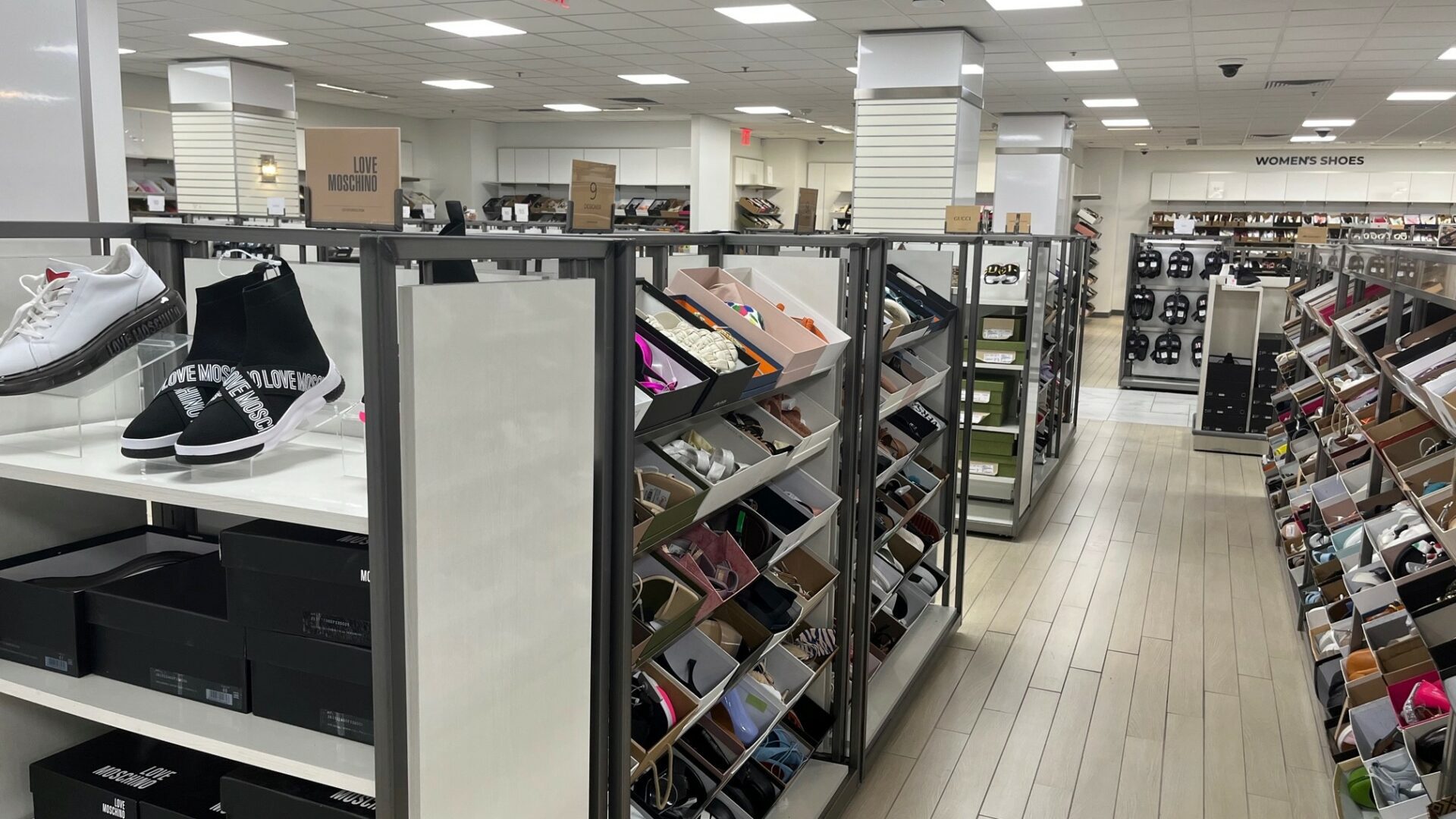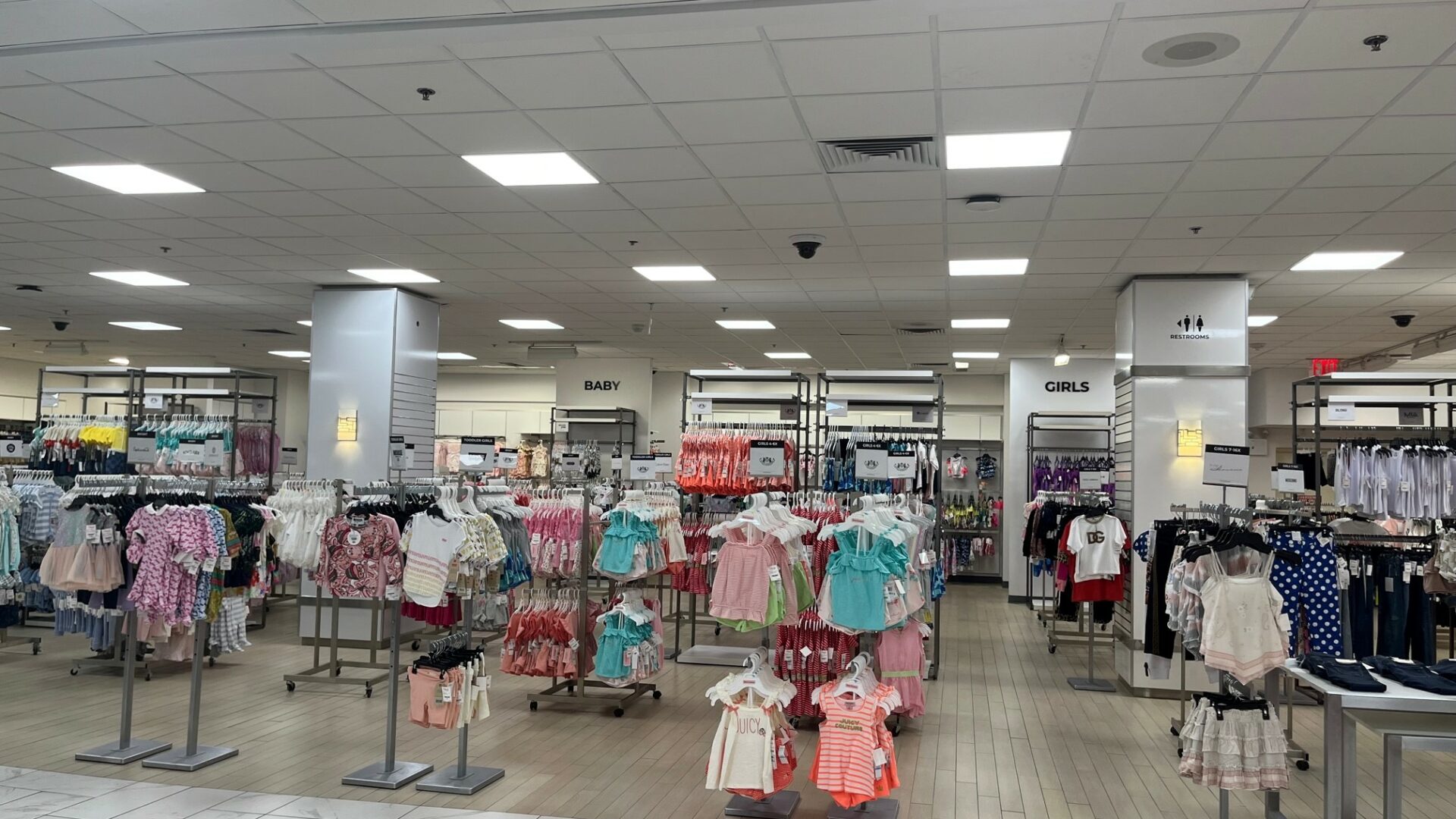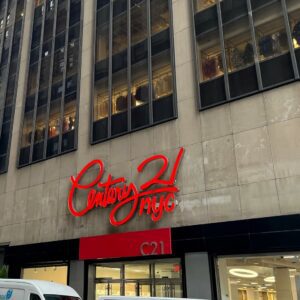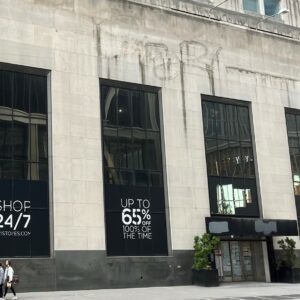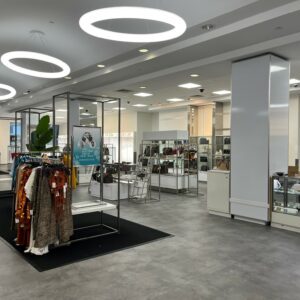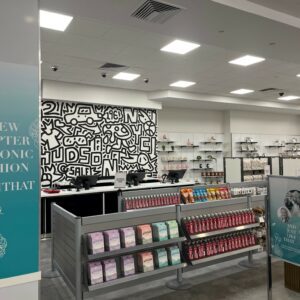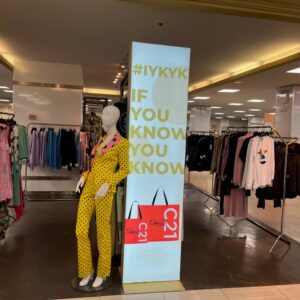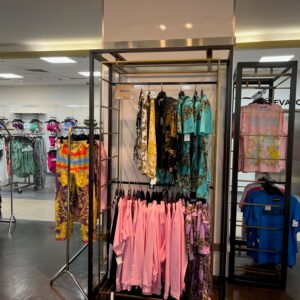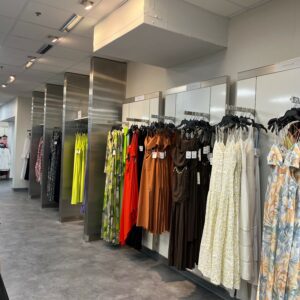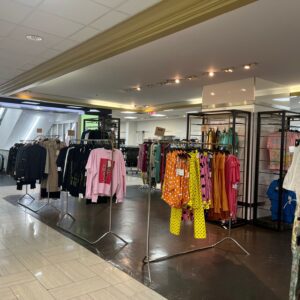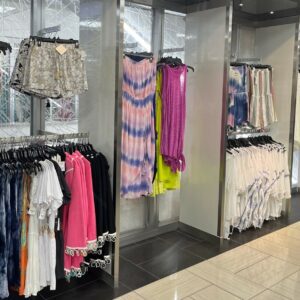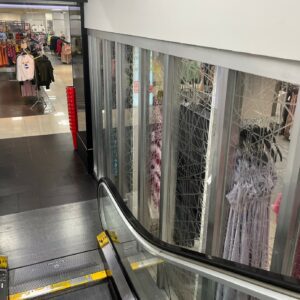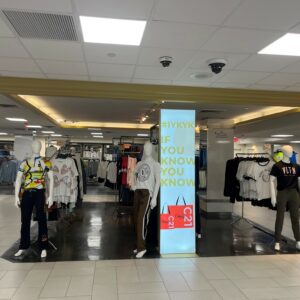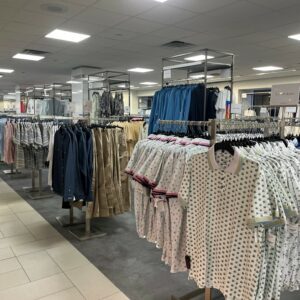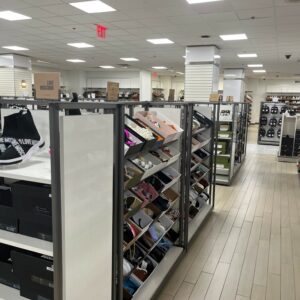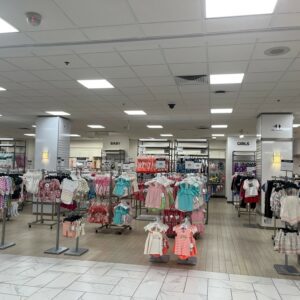Inside Century 21’s Dramatic (Re)-Entrance into NYC Retail
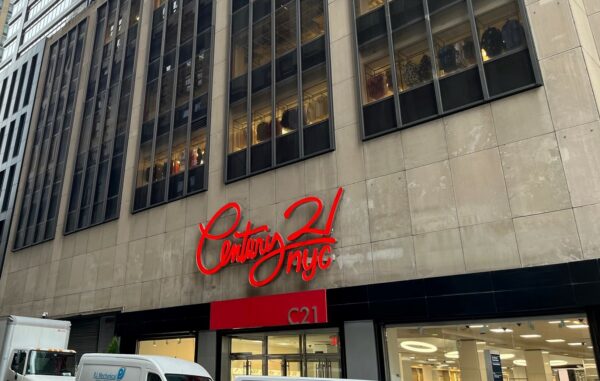

The return of storied off-price retailer Century 21 to its original space in NYC’s financial district this past May marked yet another dramatic turn in a decades-long saga of tragedy, reinvention and redemption.
In fact, this is Century 21’s second revival at Cortlandt Street. The first came just five months after the flagship’s windows were blasted out and merchandise sat coated in ash on 9/11. With its roots as a family business and iconic status as the ultimate New York fashion treasure trove, Century 21 has become a bellwether of many things — consumer sentiment, the welfare of the country and its cultural capital, and of course, retail.
The store’s return is very much a reflection of all three: there were lines out the door in the first days after the reopening — and customers patiently awaiting their chance to visit the fashion icon in its historic flagship likely found themselves gazing at Century 21’s newest neighbor, an Amazon Go.
A More ‘Civilized’ Century 21
The store itself also reflects the changing dynamics of retail. Pared down from seven floors to four, the new Century 21 features not just a more curated assortment but a more curated experience. Gone is the chaos that made the original Century 21 equal parts infuriating and thrilling. In its place is bright lighting, coordinated merchandising and easy-to-find cash wraps and fitting rooms on every floor. There’s even enough space to move between the racks without shuffling sideways.
“It’s very civilized now, which is a little disconcerting,” said Molly Rogers, the Costume Designer of the Sex and the City reboot And Just Like That…, who “spent the majority of my life” in Century 21 during her days working on the original series in the early 2000s. “Patricia [Field, the Costume Designer for Sex and the City] and I, we lived here,” Rogers said in an interview with Retail TouchPoints at a joint event celebrating the store’s reopening and the show’s second season premiere. “I knew where everything was in the store, so much so that other shoppers would come up to me to ask where to find the bathrooms or the neckties.”
There’s no need for the guidance of Century 21 power shoppers like Rogers to find your way around the new store, which has been reorganized with dedicated sections on each floor and ample signage.
“It’s interesting to compare [the old Century 21 with the new],” added Rogers, who admitted she might not be the best person to ask: “I’m such a creature of habit; I feel like all New Yorkers are. If my favorite mom and pop coffee shop closes, I’m like okay, now I have to move — it’s hard to accept change. Yeah, Century has a different look now, but I’m glad it’s back in whatever form. Even just a few weeks ago, we came through the store and found [some really unique pieces]. That’s why you need Century in this town — you will find something that’s not at any other store. Retail is going to be fine, it’s just changing, and Century 21 is a great illustration of that.”
Coming Back, Again
The brand certainly is a phoenix of retail, having emerged from the ashes not once but now twice. Following its miraculously fast reopening after the devastation of 9/11, Century 21 was struck down again by COVID. The company filed for Chapter 11 and shuttered all of its stores in September 2020 after insurers declined to pay out for losses stemming from the pandemic.
It was a last-ditch effort for the family-run business, which had tried to sue the insurance companies for nonpayment prior to finally admitting (temporary) defeat. “While retailers across the board have suffered greatly due to COVID-19, and Century 21 is no exception, we are confident that had we received any meaningful portion of the insurance proceeds, we would have been able to save thousands of jobs and weather the storm, in hopes of another incredible recovery,” said Co-CEO Raymond Gindi in a statement at the time of the bankruptcy. Raymond still runs the company alongside his brother IG Gindi, the two sons of Founder Abraham “Al” Gindi, who launched the company alongside his cousin Samuel “Sonny” Gindi.
Then, during the bankruptcy process, the Gindi family bought back the Century 21 intellectual property for $9 million with the help of a silent partner that they have since bought out. The business is now entirely owned by IG, Raymond and two cousins, Eddie and Isaac Gindi.
A Revival and Reinvention
It took them just two years to plot the store’s return, this time with the help of “experiences company” Legends, which also oversees operations at some of New York City’s biggest landmark establishments, including Yankee Stadium, One World Observatory and the MLB Flagship Store.
Legends was brought into the mix to help the retailer “revitalize” its vision and create a more streamlined shopping experience that nevertheless remained true to Century 21’s DNA. Beyond the reimagined store, this also meant a logo upgrade that now includes “NYC” in a nod to the brand’s Big Apple roots.
This more streamlined shopping experience is also necessitated by the store’s smaller footprint (down to 100,000 square feet from the pre-bankruptcy 250,000), said Theresa Hoffman, Department Manager at Century 21, who was one of the last employees to remain on after the bankruptcy and has played a central role in the revival. “We realized that we don’t need to be all things to all people,” said Hoffman in an interview with Retail TouchPoints. For Century 21 this has meant zeroing in on what the brand is known for and does best — high-end discount fashion.
Exactly what that looks like, however, is an ongoing evolution. For example, Hoffman said one of the most frequent questions she’s been asked by customers since the store’s reopening is where the women’s undergarments went. That was a category that didn’t make it back into the new store, but Hoffman didn’t rule out that things might change depending on what customers really want from the new Century 21.
The evolved and more “civilized” store design is also reflective of what today’s consumers want. When Century 21 debuted in 1961, the internet wasn’t even a blip on the radar. Now shoppers are trained to seek out ease and convenience, and the new Century 21 delivers. Each floor caters to a dedicated category: women’s on level two, men’s on three, shoes in the basement. Racks are organized and labeled by brand and special areas with black floor treatments and gold signage denote the higher-end merchandise. There’s a tailor on site. Cash wraps are located next to the escalators on every floor (visitors to the store’s previous iteration will remember the particular challenge of finding a manned cash wrap). There’s even a self-checkout option for especially impatient shoppers.
The other thing customers definitely want is ecommerce, particularly because the Cortlandt Street location is now the only Century 21 in the country. (When it shut its doors in 2020, the company had 13 stores in four states). The website is scheduled to come online later this summer or early fall, Hoffman said, although Judy Duzich, Century 21’s VP of Merchandising, told WWD that it wouldn’t have the same assortment as the store: “The store will have probably more treasures, but there will be great treasures online as well. What we don’t have the space for here in the store, we can carry online,” said Duzich, citing ladies’ intimates as a specific example.
“Century 21 is, and always will be, a New York City brand,” said Raymond Gindi when the company announced its reopening. “Our flagship store has been a long-time symbol of this city’s resilience and unwavering spirit. In our 60-year history we have only closed our doors twice, once after the devastation of 9/11 and then again during the COVID-19 pandemic. But like the true New Yorkers we are, we have persevered.”







